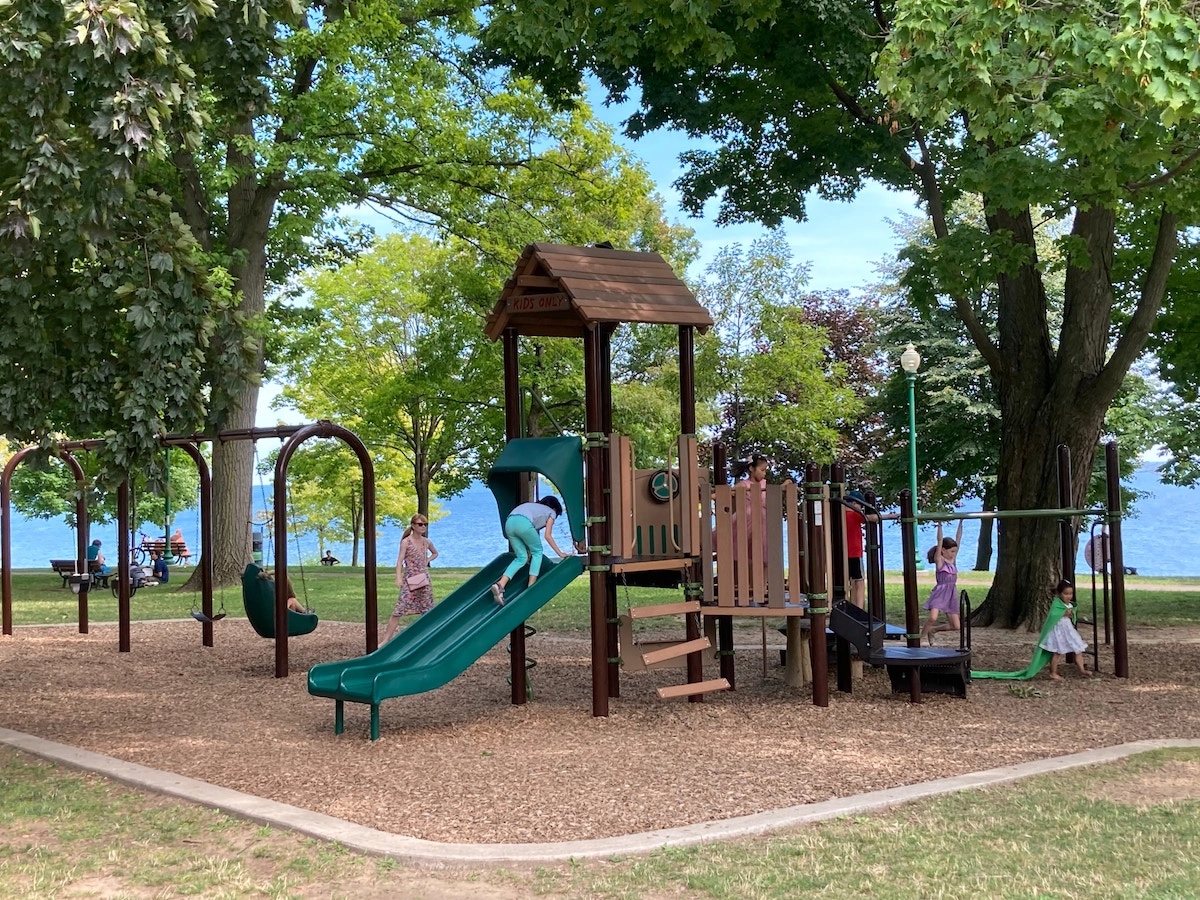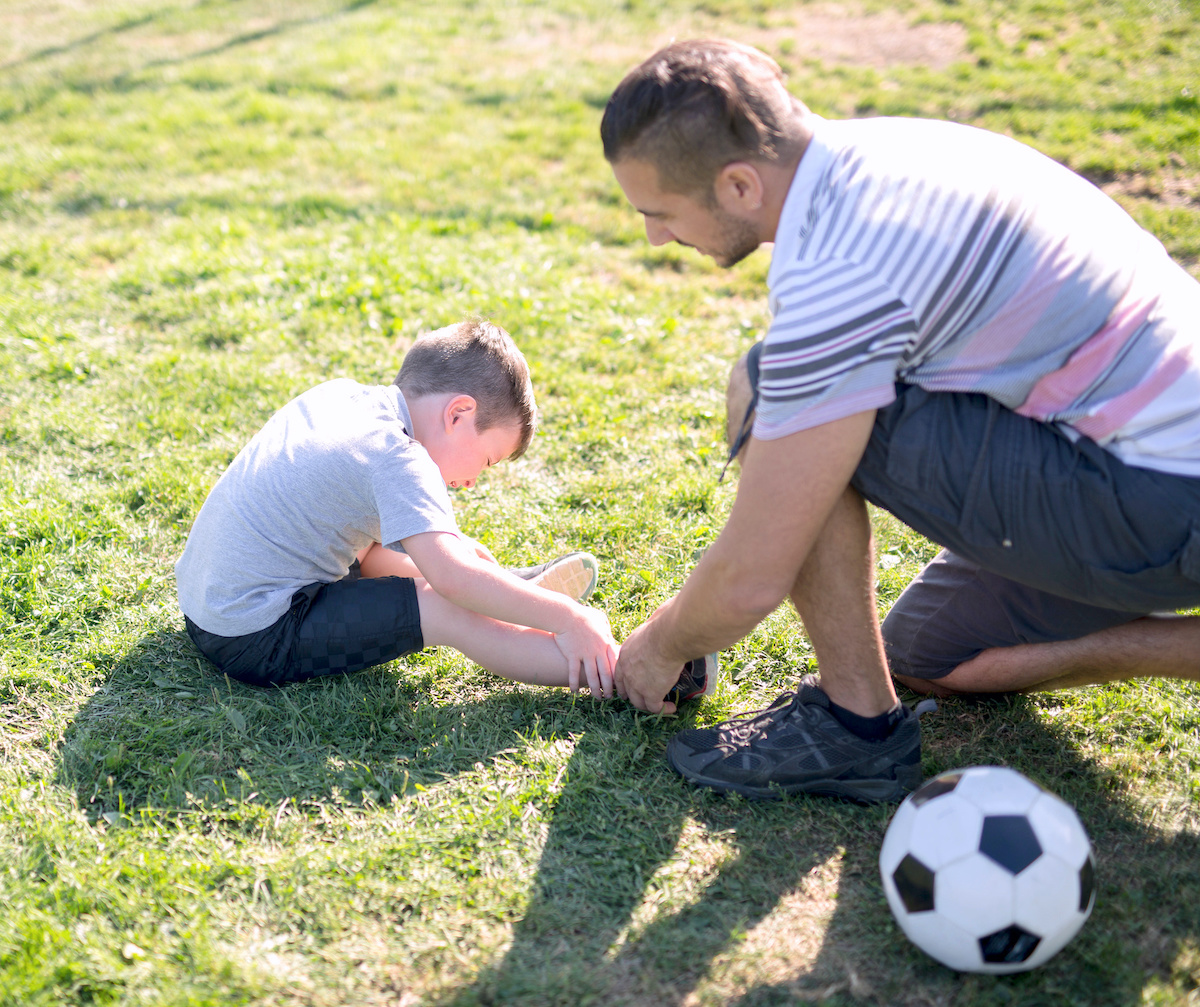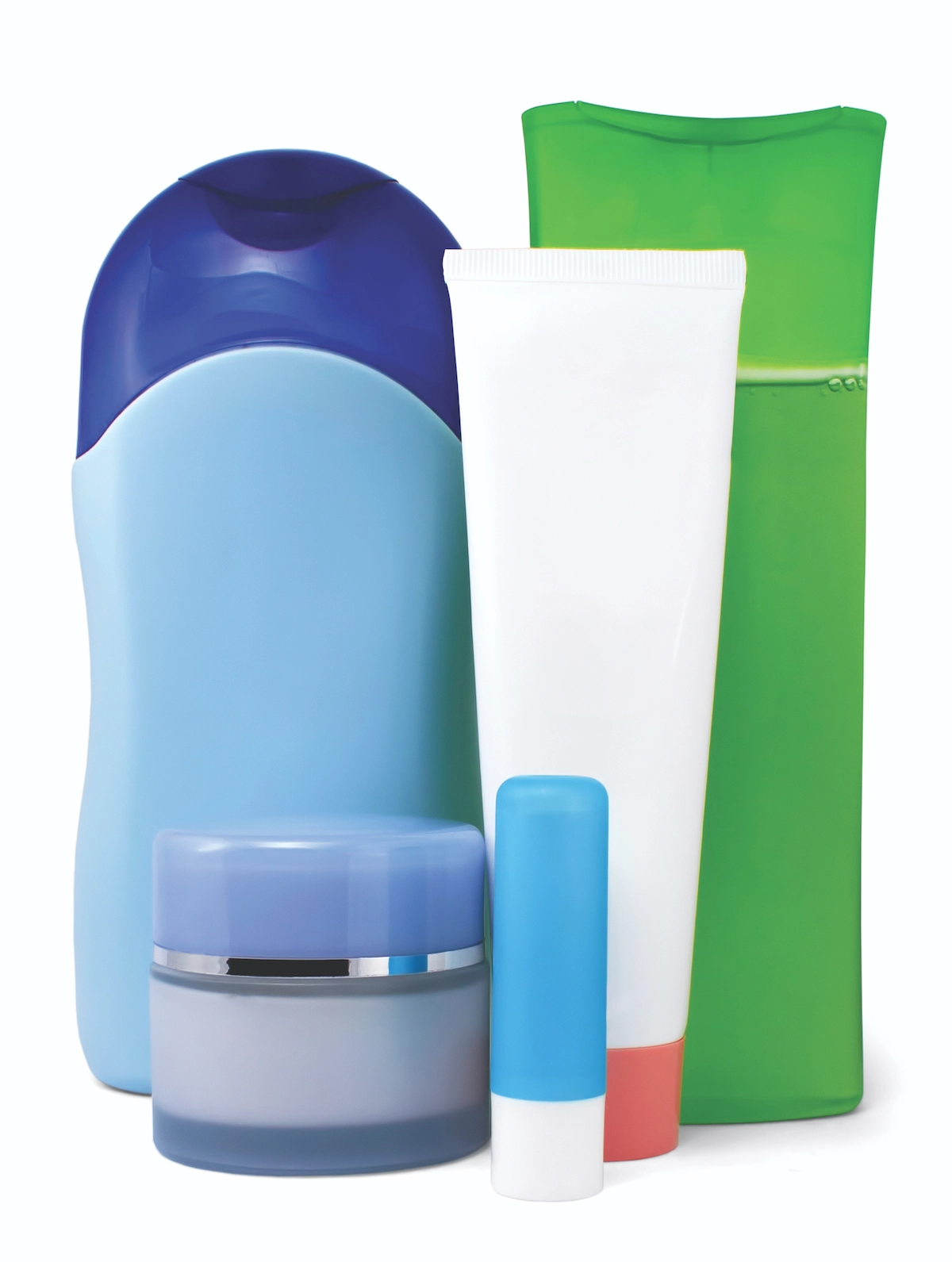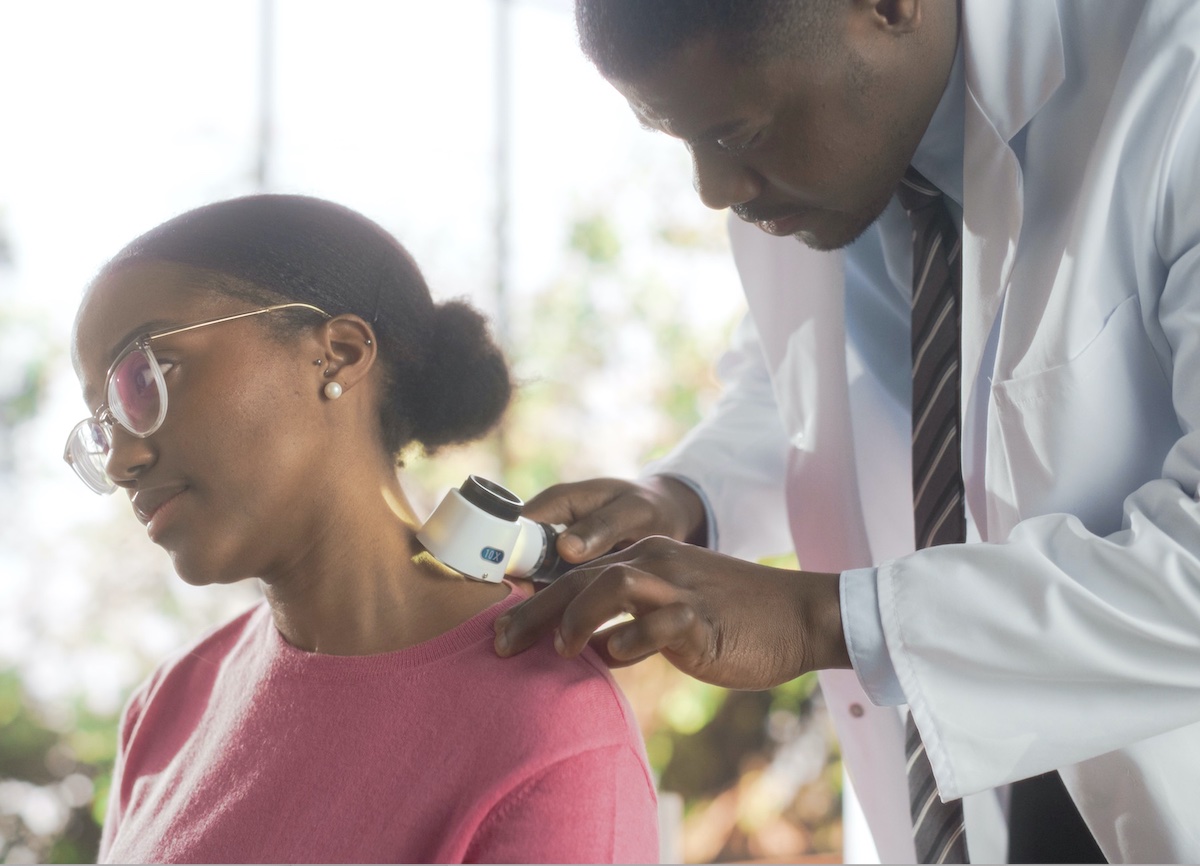
Playgrounds are important places for children to have fun, explore, and grow. Children learn through play and need opportunities to take risks, test their limits, and learn new skills through free play. Playgrounds can also put children at risk for concussion.
As a parent or caregiver, you play an important role in keeping a child safe on the playground. This information will help you learn how to spot a concussion and protect a child from concussion or other serious brain injury each time you take a child on an outdoor play adventure.
To help keep children safe:
- Use playground equipment that is right for the child’s age.
- Make sure there are guardrails to help prevent falls.
- Check that playgrounds have soft material under them, such as wood chips, sand, or mulch.
- Look out for things in the play area that can trip a child, like tree stumps or rocks and if there is a body of water nearby, be extra vigilant.
Playground Injuries
Facts Overview: Each year in the United States, emergency departments treat more than 200,000 children ages 14 and younger for playground-related injuries.
Occurrence and Consequences
- About 45% of playground-related injuries are severe–fractures, internal injuries, concussions, dislocations, and amputations
- About 75% of nonfatal injuries related to playground equipment occur on public playgrounds Most occur at schools and daycare centers (Phelan 2001).
- Between 1990 and 2000, 147 children ages 14 and younger died from playground-related injuries. Of them, 82 (56%) died from strangulation and 31 (20%) died from falls to the playground surface. Most of these deaths (70%) occurred on home playgrounds
Groups at Risk
- While all children who use playgrounds are at risk for injury, girls sustain injuries (55%) slightly more often than boys (45%).
- Children ages 5 to 9 have higher rates of emergency department visits for playground injuries than any other age group. Most of these injuries occur at school.
Risk Factors
- On public playgrounds, more injuries occur on climbers than on any other equipment.
- On home playgrounds, swings are responsible for most injuries.
Be aware of the signs of concussion. A concussion is a type of traumatic brain injury—or TBI—caused by a bump, blow, or jolt to the head or by a hit to the body that causes the head and brain to move quickly back and forth. This fast movement can cause the brain to bounce around or twist in the skull, creating chemical changes in the brain and sometimes stretching and damaging the brain cells.
After a fall or a bump, blow, or jolt to the head or body, look for one or more of these signs and symptoms of a concussion:
Signs Observed by Parents
- Appears dazed or stunned.
- Forgets an instruction, is confused about an assignment or position, or is unsure of the game, score, or opponent.
- Moves clumsily.
- Answers questions slowly.
- Loses consciousness (even briefly).
- Shows mood, behavior, or personality changes.
- Can’t recall events prior to or after a hit or fall.
Symptoms Reported by Children
- Headache or “pressure” in head. • Nausea or vomiting.
- Balance problems or dizziness, or double or blurry vision.
- Bothered by light or noise.
- Feeling sluggish, hazy, foggy, or groggy.
- Confusion, or concentration or memory problems.
- Just not “feeling right,” or “feeling down.”
If you see any of these signs or symptoms and think your child has a concussion, or other serious brain injury, seek medical attention right away. Remember, signs and symptoms may show up right after the injury or may not appear or be noticed until hours or days after the injury. While most children with a concussion feel better within a couple of weeks, some will have symptoms for months or longer.
What are some more serious danger signs to look out for? In rare cases, a dangerous collection of blood (hematoma) may form on the brain after a bump, blow, or jolt to the head or body and can squeeze the brain against the skull. Call 9-1-1 or ensure that the child is taken to the emergency department right away if, after a bump, blow, or jolt to the head or body, he or she has one or more of these danger signs:
- One pupil larger than the other.
- Drowsiness or inability to wake up.
- A headache that gets worse and does not go away.
- Slurred speech, weakness, numbness, or decreased coordination.
- Repeated vomiting or nausea, convulsions, or seizures (shaking or twitching).
- Unusual behavior, increased confusion, restlessness, or agitation.
- Loss of consciousness (passed out/knocked out). Even a brief loss of consciousness should be taken seriously.
For additional information, you can download the CDC HEADS UP app to get concussion information at your fingertips. Source: CDC.gov; https://www.cdc.gov/headsup/pdfs/parents/headsup_playground_safety








